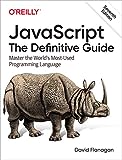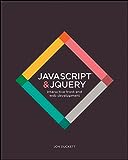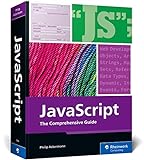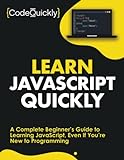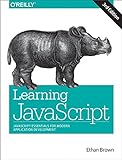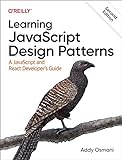To give Gatsby a GraphQL schema, you first need to define your data sources and create nodes for each piece of data you want to query. This process involves setting up plugins such as gatsby-source-filesystem or gatsby-source-graphql to fetch data from various sources like local files or external APIs.
Next, you will need to customize the schema by using the createSchemaCustomization API in your gatsby-node.js file. This is where you can define custom types, fields, and resolvers to shape your GraphQL schema according to your data structure and requirements.
After defining your schema, you can query your data using GraphQL queries in components or pages within your Gatsby project. These queries can be written directly in your code using the useStaticQuery hook or the page query API to fetch the data you need from the GraphQL schema.
Overall, giving Gatsby a GraphQL schema involves setting up data sources, customizing the schema, and querying the data using GraphQL queries to build dynamic and interactive websites with rich data sources.
What is the difference between types and interfaces in a Gatsby GraphQL schema?
In a Gatsby GraphQL schema, types and interfaces are both used to define the structure and organization of data in the schema. However, there are some key differences between the two:
- Types: Types in a Gatsby GraphQL schema are used to define the shape of a particular data entity or object. Types can specify the fields and their types that make up the data entity, as well as any relationships or connections that exist between different types. Types are concrete definitions that can be instantiated as instances of data.
- Interfaces: Interfaces in a Gatsby GraphQL schema are used as abstract types that define a set of fields that must be implemented by any concrete type that implements the interface. Interfaces allow for polymorphic behavior, where different types can share common fields and functionality defined in the interface. Interfaces help to enforce a consistent structure and behavior across different types in the schema.
In summary, types define the concrete structure of data entities, while interfaces define abstract common fields and behavior that can be shared across different types. Types provide specific definitions for data entities, while interfaces allow for more flexibility and consistency in defining relationships and shared behavior.
What is the difference between a Gatsby schema and a traditional REST API?
A Gatsby schema is a data schema designed for the Gatsby framework, which is a static site generator built on top of React. It is used to define the structure of data that will be used to build a static website. On the other hand, a traditional REST API is a set of rules for structuring and accessing data over the web.
Some key differences between a Gatsby schema and a traditional REST API include:
- Data handling: In a Gatsby schema, data is handled by GraphQL, a query language for APIs that allows for precise data fetching. Traditional REST APIs typically use HTTP methods like GET, POST, PUT, and DELETE to interact with data.
- Caching: Gatsby automatically caches data from external sources, such as APIs, to improve performance. Traditional REST APIs do not have built-in caching mechanisms and require manual implementation for cache control.
- Static site generation: Gatsby is specifically designed for generating static websites, which means that data is fetched at build time and stored as static assets. Traditional REST APIs are typically used for dynamic websites where data is fetched in real-time at the time of request.
- Content modeling: Gatsby schemas are often used to model content for static sites, defining the structure and relationships between different types of data. Traditional REST APIs are more focused on defining endpoints for accessing data resources.
Overall, Gatsby schemas are specifically designed for building static websites with efficient data handling and querying capabilities, while traditional REST APIs are more general-purpose and can be used for a wider range of web applications.
What is the purpose of the type query in a Gatsby GraphQL schema?
In a Gatsby GraphQL schema, the purpose of the type query is to define the structure and shape of the data that can be queried using GraphQL. This helps to ensure that the data returned by queries is consistent and predictable. By specifying the types of data that can be queried, the type query helps developers to write more accurate and efficient queries, and helps to prevent errors in querying the data.
How to define types in a Gatsby GraphQL schema?
In Gatsby, you define types in the GraphQL schema using the createTypes action from the createTypes API. Here’s an example of how you can define types in a Gatsby GraphQL schema:
1 2 3 4 5 6 7 8 9 10 11 12 13 |
exports.createSchemaCustomization = ({ actions }) => { const { createTypes } = actions const typeDefs = ` type BlogPost implements Node { title: String! author: String! date: Date! } ` createTypes(typeDefs) } |
In this example, we are defining a type called BlogPost with three fields: title (a required String), author (a required String), and date (a Date type). The implements Node directive is used to let Gatsby know that this type represents a node in the data layer.
You can define more complex types with nested fields, custom scalar types, and interfaces by writing the corresponding GraphQL SDL (Schema Definition Language) in the typeDefs variable and passing it to the createTypes action. This allows you to customize and extend the GraphQL schema in your Gatsby project.
What is the Gatsby schema inference feature used for?
The Gatsby schema inference feature is used to automatically infer the data structure of external data sources, such as APIs or databases, without the need for manual schema definition. This feature allows developers to quickly integrate data sources into their Gatsby site without having to manually define the data structure, saving time and effort in the development process.
